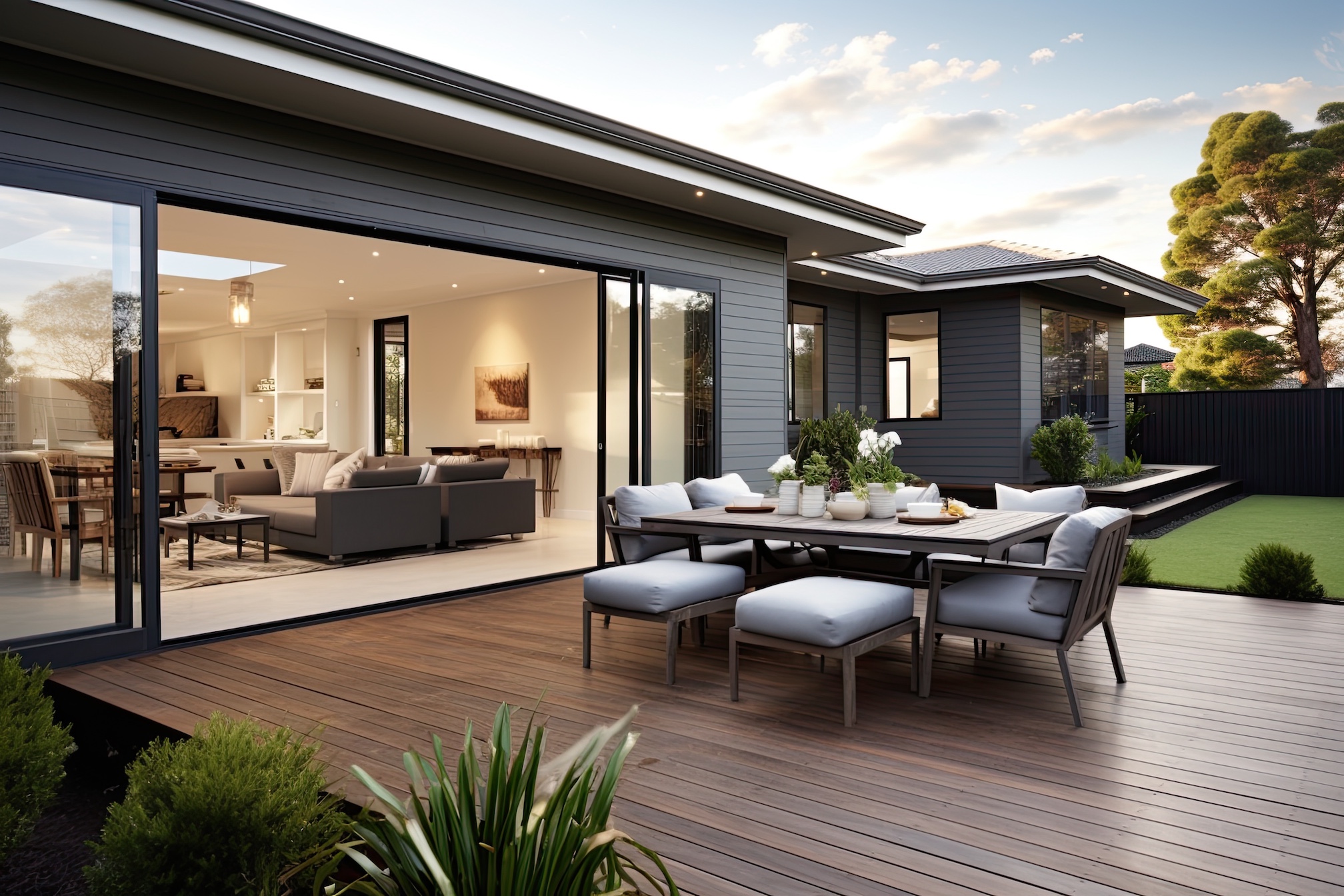Almost every homeowner has to deal with house renovation at some point, and while wall painting may sometimes feel like a pretty simple and straightforward task, especially when compared to something like tearing down walls or reinstalling the electric wiring, it has plenty of tricks and difficulties associated with it. If you want your living space to shine after renovations, you should pay as much attention to wall painting as you do to all other tasks. Here are some things you should know before you tackle such an endeavour.
1. Define the timing beforehand
If your renovation is minor, deciding when to paint is easy – after all, you simply change a few things, and it is easy to choose when the painting is going to lead to minimizing disruptions. But if you run a complex renovation project involving multiple steps, this issue becomes far trickier. Paint too early, and you run a risk of damaging the results while performing other jobs. Paint too late, and you can leave stains on already finished elements of your project. The best decision is to paint after all major functional work is finished but before you start installing new floors and other pieces.
2. Consider leaving a wall unpainted for a mural
You do not necessarily have to paint all the walls in every room using one uniform colour. If you want to add a little bit of originality and artistic flavour to the design of your living space, consider designating a wall or two for murals. If you incline, you may try your hand with an airbrush compressor kit or hire a professional artist to realize your design. It does not have to be final, either – you can later use this wall for further artistic experiments.
3. Wait for dry weather
You may think it does not affect you indoors, but high humidity leads to drips and slow drying, which may affect both the efficiency of your work and how the results will look.
4. Sand away flaws
You may be eager to jump right into the fray to see how your newly painted room will look, but do not be in a hurry professional painters spend the majority of their time prepping the space, not painting. One of the most important stages is to achieve an ideally smooth surface – after the paint dries, all the ridges, crevices, and scratches will become painfully obvious, and there will be no way to remove them. So make sure to sand the entire wall with fine-grit sanding paper before you start.
5. Do not try to save on supplies
Skimping on paint, brushes, painter’s tape and roller covers is a false economy. Using a cheap brush will look as if you smeared paint over a wall with a rag, and you will have bristles glued to the surface all over the place.
6. Do not tape windows
Taping windows to prevent them from stains is usually an exercise in futility. It is a long, tiresome and boring process, and glass usually gets stained anyway. Instead, simply wait for the paint to dry and carefully scrape it off with a razor blade. It will take only a couple of minutes. Just make sure not to damage the space between the wood and the glass – it can lead to moisture getting in and causing rot.
7. Box your paint
One of the common mistakes newbies make is opening new cans of paint as the old run out. The thing is, the colour that is supposed to be the same can noticeably vary between cans – it may not be immediately obvious. Still, the difference becomes glaring once it dries, which is especially frustrating if it happens halfway across a wall. To avoid this, professionals “box” their paint – i.e., mix it in a large container (usually a five-gallon bucket). You can then dip your roller directly into it, thus eliminating the need for a roller tray – at least if you do not mind lugging a heavy bucket around.
Painting is a far less straightforward task than one may think – there are countless small and big things to consider if you want ideal results. We hope that these tips will help you with your next renovation project!
8. Get impeccable finish
To get an aesthetic finish, you’ll need to make use of lacquer. This may seem difficult to apply at first but the key is definitely to use an HVLP sprayer for lacquers. It will cut your time and effort in half and you’ll find that the finish you get with an HVLP sprayer will be much more even and clean.




 POSTED BY
POSTED BY 

